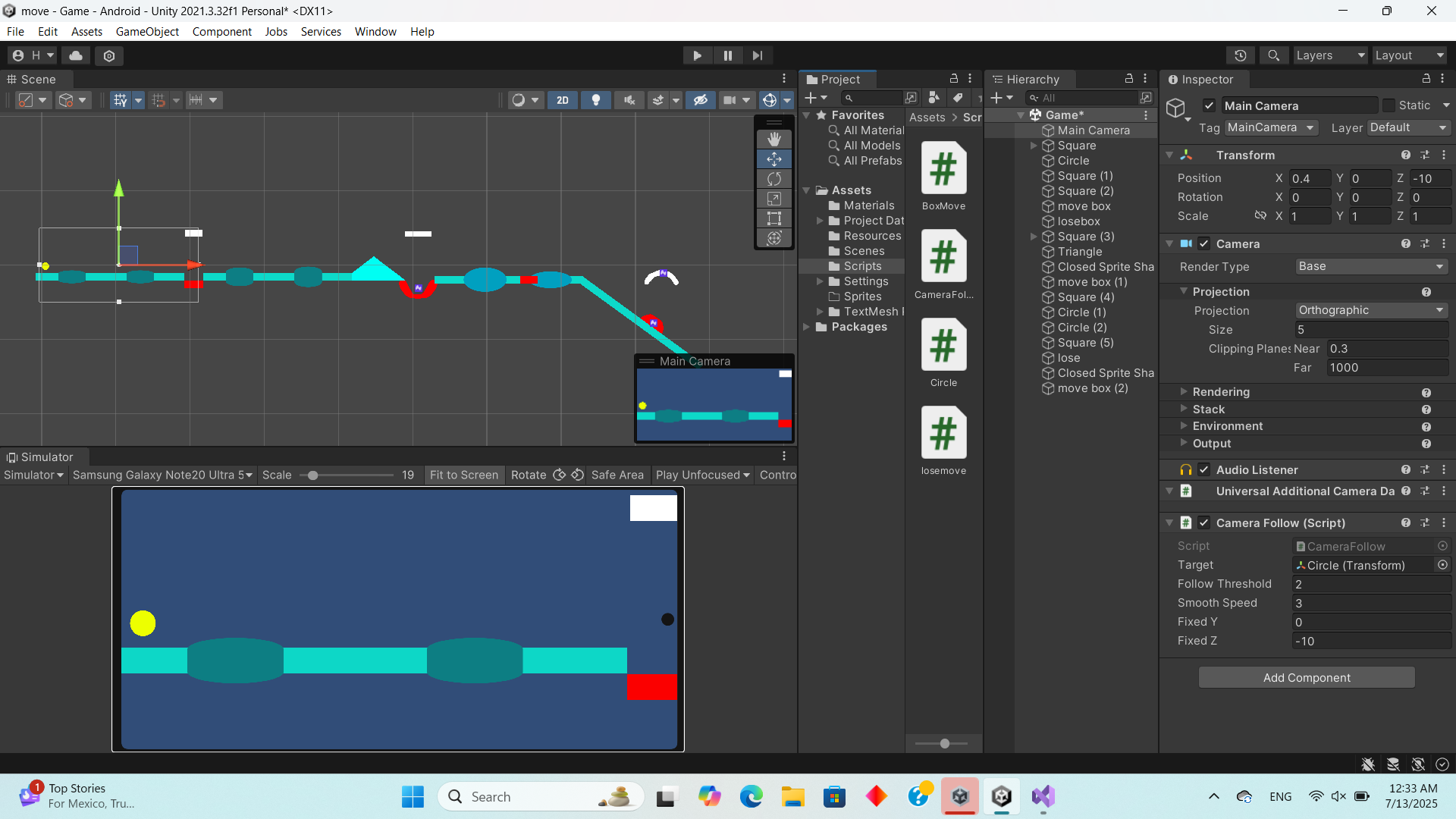


Recently, I started working on a new game that’s controlled by tilting and moving your phone. It’s an exciting experience because, unlike traditional controls, this game lets you move the character just by tilting or shaking the phone.
But it got me thinking — how does a phone even detect movement? How does it know when we tilt it left or shake it quickly?
That’s exactly what this article is about!
There are two important components inside your smartphone that make motion detection possible:
The accelerometer is a sensitive sensor that measures linear motion across the x, y, and z axes. For example, when you move your phone left, up, or down, the accelerometer detects those changes.
How it works:
Inside the accelerometer, there's a tiny mass connected to springs, surrounded by electrical plates. When the phone moves, the mass shifts, and this changes the distance between the plates. These changes are turned into digital signals, which the phone uses to understand the direction and strength of the movement.
The gyroscope detects rotation. If you tilt or rotate your phone, the gyroscope picks that up.
How it works:
Inside the gyroscope, there’s a vibrating element that moves in a particular way. When the phone rotates, the way it vibrates changes. This change is detected through the Coriolis effect, allowing the phone to sense how it's being rotated.
Thanks to the accelerometer and gyroscope, phones can recognize a wide range of motions — making it possible to create games that respond to your physical movements.
As I work on this motion-controlled game, I find it super exciting that a simple tilt or shake can bring a game to life.
If you're curious to learn more about how phones work or how to build interactive games, stay tuned for more posts — and feel free to share your thoughts 😊
Tag: unity,android,csharp,python,Physics,game,Code,Gravity